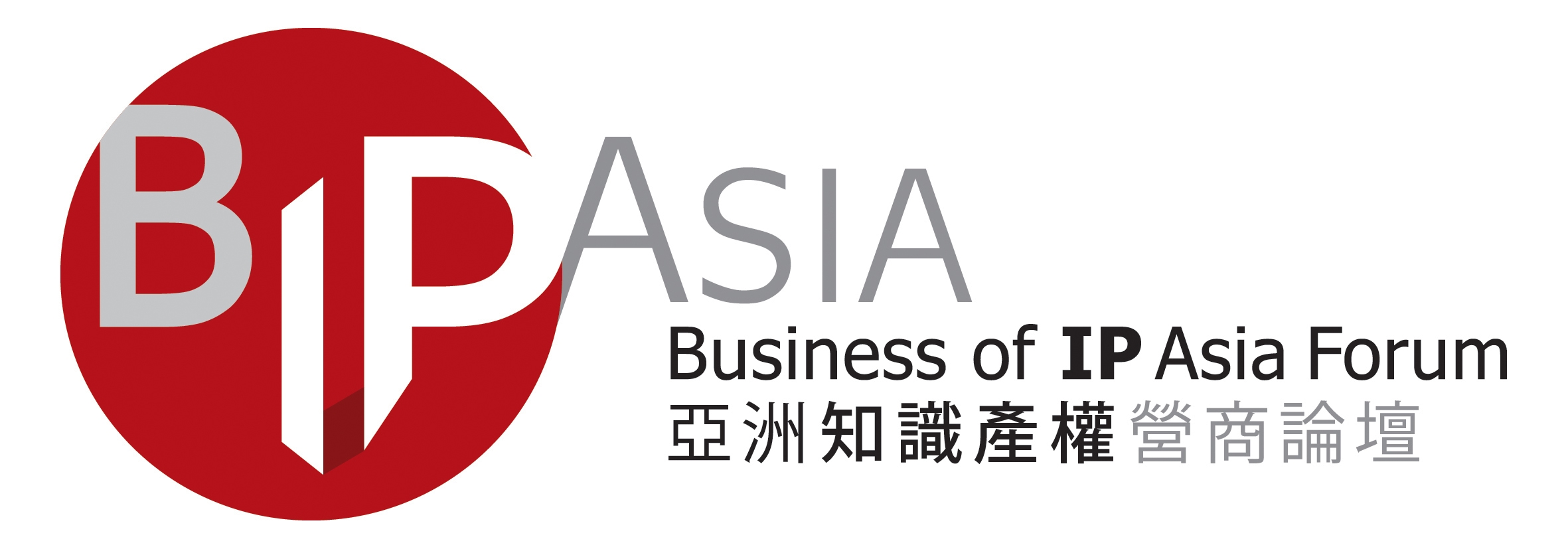PTEN Null Cell Lines
UCLA researchers have developed three pairs of isogenic Pten WT and null cell lines through homologous recombination and also through the use of the Cre/lox system. Three cell lines have been characterized: Pten -/- mouse embryonic stem cell line was generated by knocking-out both alleles of the murine Pten gene via homologous recombination. These cells, as compared to their parental Pten WT ES cells, exhibit increased growth rate, accelerated entry into S phase and resistant to cell death stimulation. The same Pten Wt and Pten -/- ES cells were injected into the WT mouse embryos and immortalized mouse embryonic fibroblast cells, which are either Pten WT or Pten-/- were generated from the embryos. Pten loxp/loxp mouse embryonic fibroblast cell line was generated from Ptenloxp/loxp mouse embryos in which the LoxP sequences were inserted to flank the exon 5 of the Pten locus. Exon 5 encodes the phosphatase domain of PTEN in which many tumor-associated mutations have been detected. Pten loxp/ loxp line was then generated by transiently expressing the Cre recombinase. Research utilizing these cell lines suggests PTEN regulates two critical cellular processes: cell cycle progression and cell survival. These cell lines can be used for various investigative purposes from characterization of PTEN signaling to diagnostic and therapeutic. This invention provides tools to discover PTEN-controlled signaling pathways, which will become the foundation of therapeutic and drug design.
Background PTEN (phsosphatase and tensin homolog deleted on chromosome 10) is a tumor suppressor gene identified to be frequently mutated/deleted in various human cancers. Besides carcinogenesis, Pten may play important roles in regulating stem cell activity, insulin action and development. PTEN is a member of the protein tyrosine phosphatase family but its main function is a lipid phosphatase, a negative regulator of the PI3-kinase pathway. Research tools to further understand the role of PTEN in cancer and cell signaling are important for the discovery of future therapeutics. Related Materials PTEN modulated cell cycle progression and cell survival by regulating phosphatidylinositol 3,4,5,-triphosphate and Akt/protein kinase B signaling pathway. Proc Natl Acad Sci (1999) Additional Technologies by these Inventors Tech ID/UC Case 20174/2005-059-0 Related Cases 2005-059-0
PTEN tumor suppressor regulates p53 protein levels and activity through phosphatase-dependent and -independent mechanisms. Cancer Cell (2003)
USA


